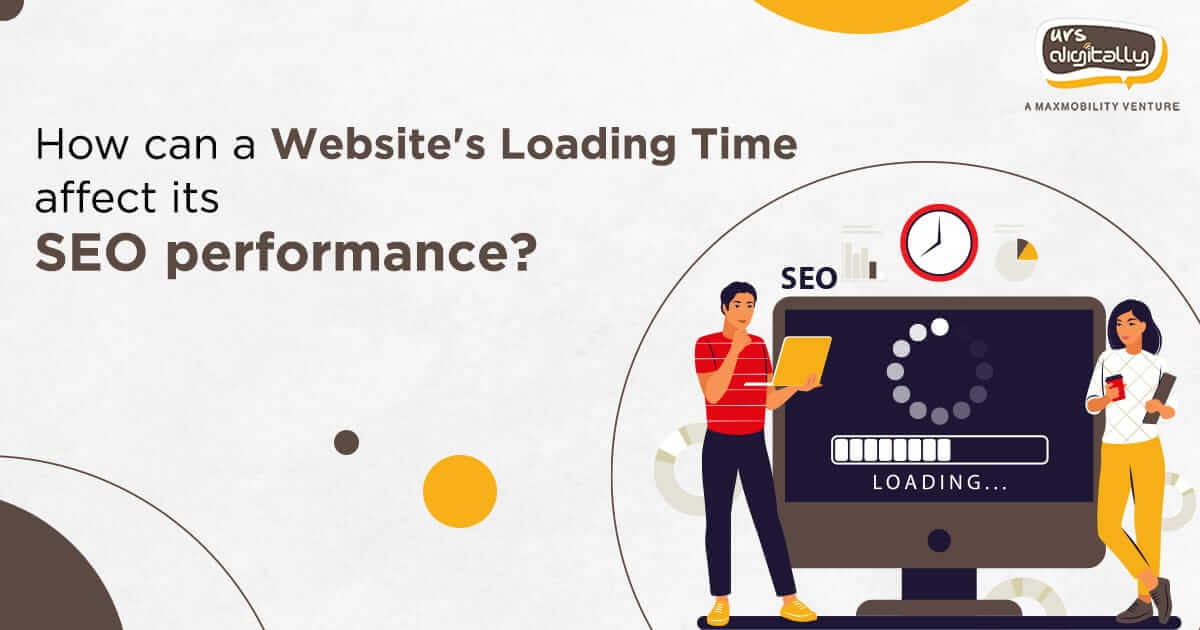We are sure you own a great website with visually appealing aesthetics and great content but are these enough to drive traffic to your website? The straightway answer to this is NO. The success meter of your website depends on its loading speed, failing can make your potential visitors never visit again, and forget about business.
A slow-loading website is a big turn OFF for all your search engine optimization (SEO) strategy to churn results and negatively impact your site’s ranking on SERP. So, in the process of making a digital debut for your business, keep in mind the user-friendliness of the website to ensure your digital marketing and branding effort isn’t wasted.
What is website loading speed?
A website loading speed marks a given time for a browser to be able to fully load a website and its functional pages. The faster a website fully loaded is likely to drive more traffic than a slow-loading website.
A web page speed is categorized as the followings:
First Contentful Paint (FCP) is the time taken to load the first piece of content on a website right after landing on that page. Google suggests FCP of 1.8 seconds or less.
DOM Content Loaded is the time taken for every bit of the code of a webpage to load, as sometimes various part of the same page doesn’t load at once.
The Largest Contentful Paint (LCP) is the given time for a website to fully load the largest content on screen ready for action. As per Google’s official documentation on Core Web Vitals, LCP should occur within 2.5 seconds of when the page first starts loading.
Cumulative Layout Shift (CLS)
CLS is the given time to measure the largest burst of layout shift on a page. For a good user experience, the CLS score should be 0.1 or less.
First Input Delay (FID)
FID is the moment when a user first interacts with a web page like clicking a link or tapping a button to the time when the browser begins functioning in response to that interaction. For a satisfactory user experience, the site must have an FID of 100 milliseconds.
How page speed affects SEO?
The loading speed of a website and the functional pages greatly impact the ranking of the site on SERP. The longer your website takes time to load fully will deter visitors, thus increasing the bounce rates. As Google prioritizes speed and superior user experience to indexing websites on SERP for both desktop and mobile view, slower-loading websites will suffer even when armed with a solid SEO strategy.
CHECK YOUR DIGITAL MATURITY SCORE
What affects the loading speed of a website?
The loading speed of a website depends on various factors such as server quality, media file size, code, page elements, and so on. Other factors to impact the loading speed of a website are bandwidth, browser used, and connectivity.
Importance of website loading speed for impactful SEO:
Google has already stated in 2018 that page loading speed will directly hit the ranking factor for mobile searches and Google’s Core Web Vitals updated in June 2021 seal the deal for website loading speed. Since website loading speed is a crucial aspect of superior and inferior user experience, Google and other search engines will likely rank faster loading websites with enhanced user navigation. Moreover, the shift of search engines to mobile-first indexing has made website loading a crucial search ranking factor.
Few perks of speeding up website loading:
- Reducing bounce rates
- Driving more traffic
- Increased page views
- Increased engagement time and engagement rate
- Enhanced conversion rates
- Improves organic search ranking
What are some proven ways to boost website loading speed?
- Minifying CSS files is an excellent way to disable numerous HTTP requests, irrelevant characters, spacing, and comments in your website content.
- Large media files and images negatively impact the loading speed of a website. Compress these files to reduce the time taken to download CSS, HTML, and JavaScript files. Learn to optimize the media files and images in the right format and pixel dimensions.
- Implement a Content Delivery Network (CDN) to store a static version of the website in different locations so that visitors can access it seamlessly using the nearest server.
- Reduce initial server response time which is another great way to boost the loading speed and you can do this by choosing an optimized theme, upgrading your server, & carefully selecting optimization plugins.
Already frustrated with your slow-loading website? Don’t stretch it further to exhaust your SEO effort and connect with the digital health experts of UrsDigitally for a complete diagnosis and solution to improve functionalities and enhance performance.


